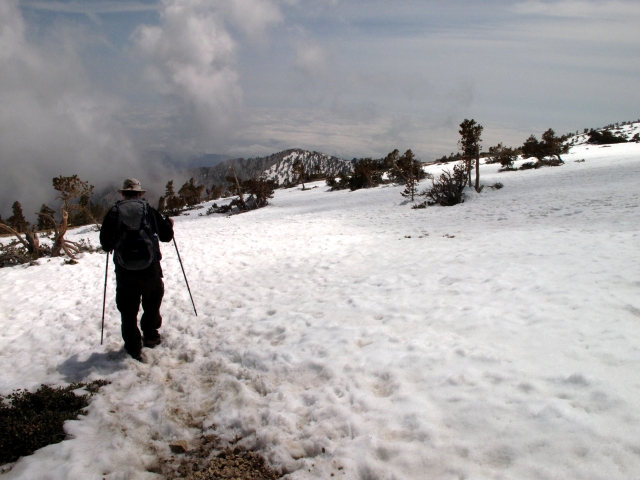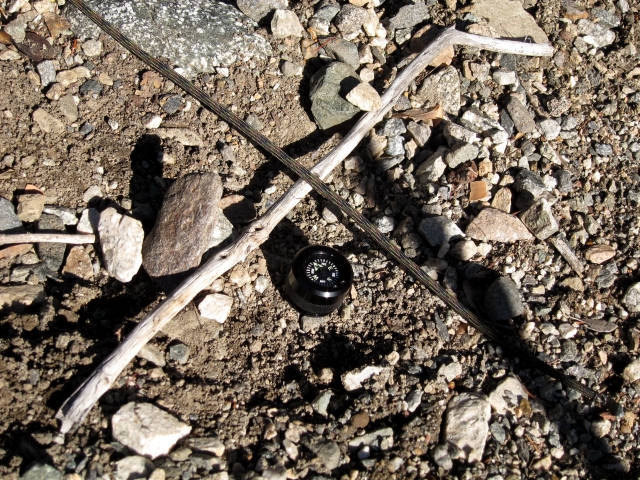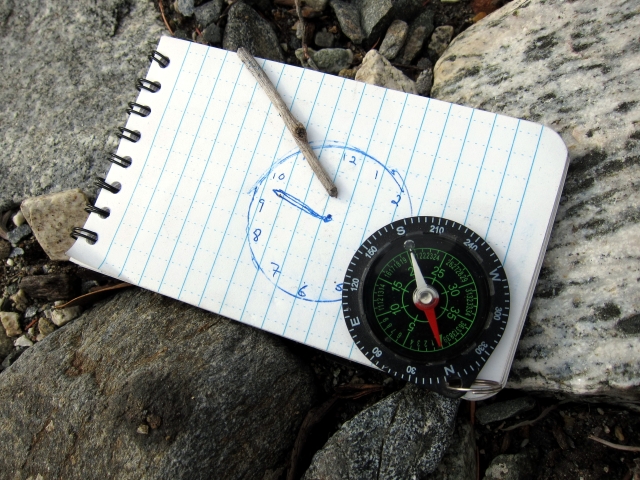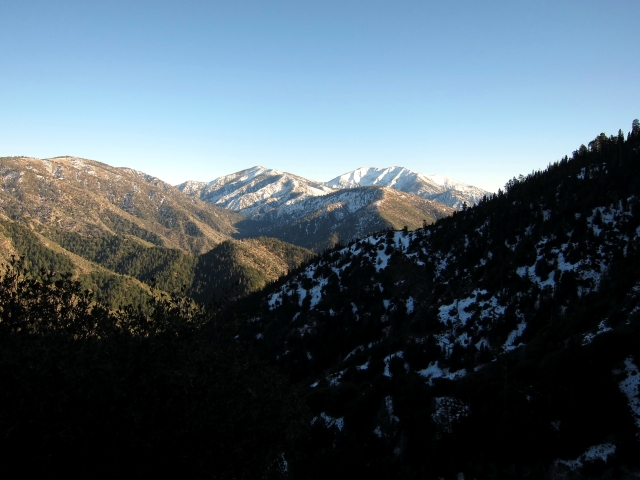
Finding your bearings doesn’t rely on a mythical “sixth sense of direction.” Direction finding in less-than-ideal conditions hinges on keen observation. Navigation in poor weather isn’t easy.
Poor Weather Navigation
Nature has a way of sending out hints that we often overlook, particularly when the weather isn’t cooperating. At first glance, the woods, deserts, or jungles might seem like a big blur of sameness, but with a bit of practice, you’ll start spotting the usual suspects and those quirky oddities that make things interesting.
Instead of trying to commit every little detail from your walk to memory, focus on what really jumps out at you. And when the skies turn gray and you find yourself without a compass, navigating by the stars or leaving a trail of breadcrumbs can be a bit of a challenge!
Shadow-Stick Navigation
Finding direction can be as easy as using the shadow-stick method. Just grab a three to four-foot stick and poke it into the ground in a sunny spot. Sharpen the top if you want a clearer shadow—if it’s rocky, a good whack with a rock does the trick.
After clearing some debris, mark the tip of the shadow with a small rock, wait 15 minutes, then mark it again. Draw a line from the first to the last rock, and voilà! You’ve got your east-west line.

If the sun plays hide-and-seek, you can still navigate using an analog watch. Just point the hour hand at the sun, and halfway to 12:00 shows south (north is behind you). No watch? No problem! Sketch a clock face on paper or even the ground, and follow those same steps.
While camping, we noted our shady spot was on a north-facing slope—cool and mossy. Across the way, the sunny south-facing slope had less moss and plenty of sunshine. It’s all about finding the right materials for shelter, though that’s a different story altogether!
Moss on Trees
When it comes to navigation, let’s rethink the old saying, “moss grows thickest on the north side of a tree.” It’s a common belief in survival books, but it needs a closer look.
Moss and lichens are not the same. Moss thrives in moisture, so find straight, smooth-barked trees in the sunlight. Disregard leaning trees or those in shady spots; they’re misleading.
Focus on a few select trees instead of getting distracted by the abundance of greenery. With some plant knowledge and keen observation, you can navigate the wild without a compass or the sun.
The Rings of Trees
Leonardo da Vinci once noted that tree rings not only show age but also indicate whether the years were wet or dry, and they develop thicker on the north side, making the center closer to the bark on the south.

In a fascinating 1893 exploration, the New York State Forest Commission tested this idea by examining 700 black spruce trees in the Adirondacks. They found that only 42 trees pointed south, west, or southwest—just 6%—while a striking 94%, or 658 trees, pointed north and northeast!
Additionally, the bark on older trees tends to be thicker on the north and northeast sides. Nature sure has its quirks; this is why navigation in poor weather is challenging.
Jungle Navigation In Poor Visibility
After spending time in the jungles of the South Pacific, South America, Mexico, and Southeast Asia, I’ve realized that relying on the sun or stars for navigation is a lost cause. Those thick canopies block out all light! Instead, just follow the water. Smaller rivers will lead you to larger ones, acting like highways back to civilization. This is especially true in South America, where tributaries abound. And the best part? Fishermen are your lifeline back to the outside world!
Overview
Navigation is just a small part of the adventure, not the whole kit and caboodle. Whether you call it bushcraft or something cooler, it’s a lifelong skill. There’s plenty to learn—from watching birds and feeling the winds to using maps, compasses, and gadgets. You can figure out your path by piecing together nature’s clues. So, grab a compass, take a walk, and mentally connect the dots!
Just remember, keeping a cool head is your best tool when outdoor plans and weather clash!

Horace Kephart Said It Best
“The first time a man loses his bearings in the wilderness, his wits refuse to work. There is no use offering advice to men about what they should do if they get lost, because a lost man is an insane man, anyway, and will remember nothing that has been told to him.”
–Horace Kephart 1906



